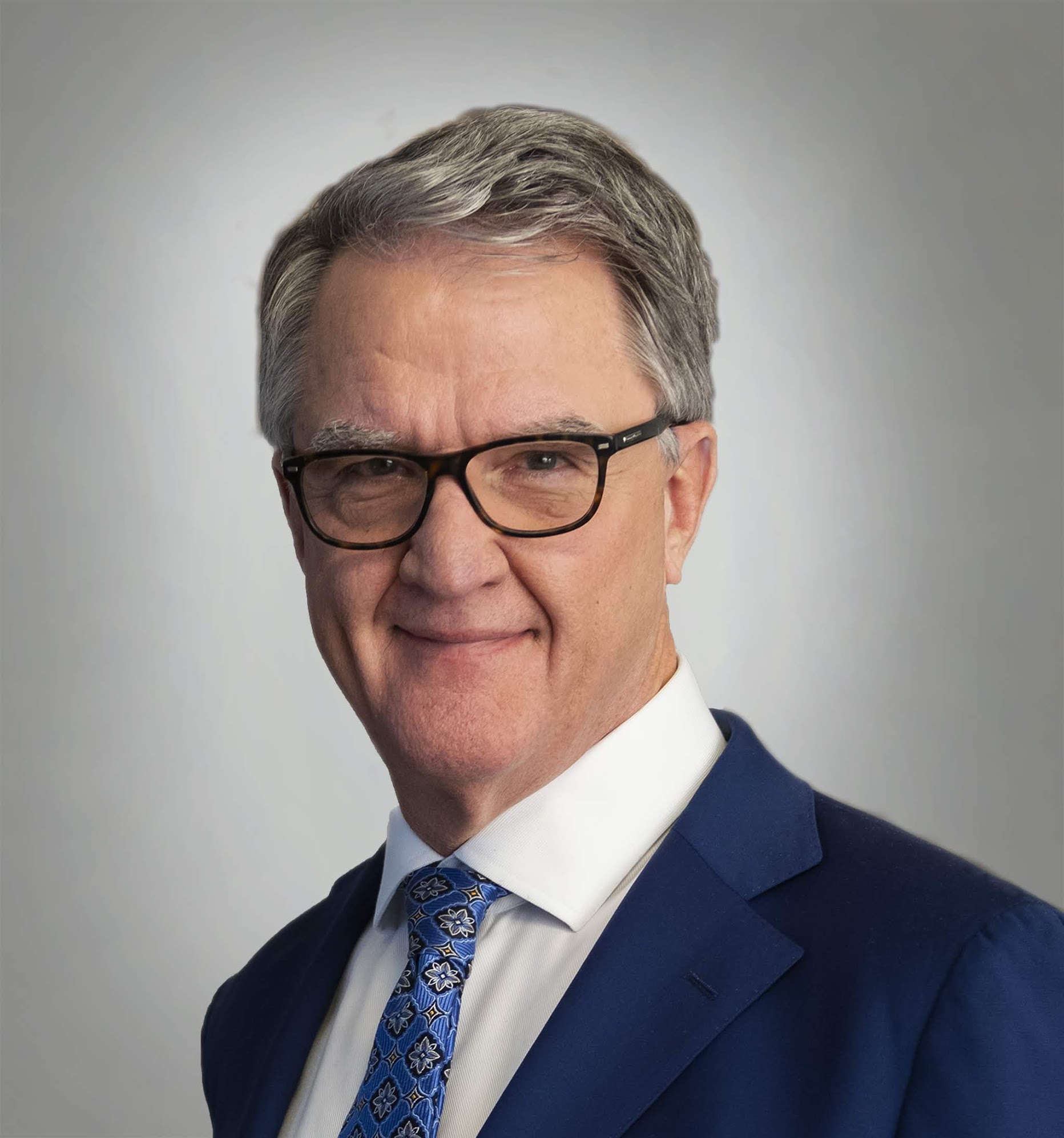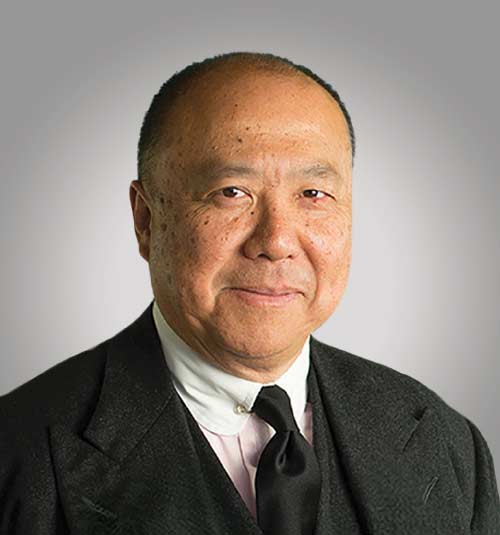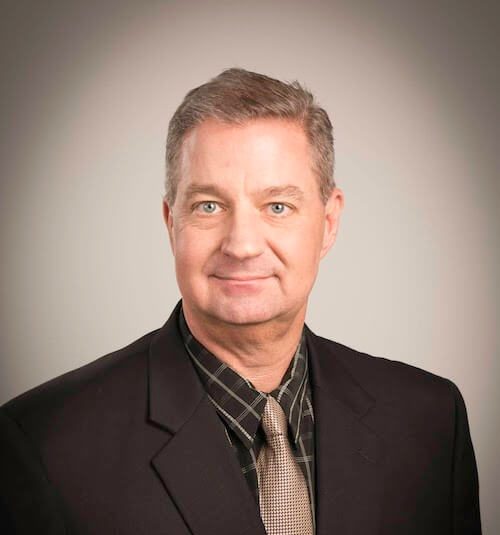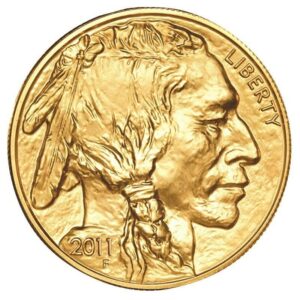Executive Insights
Read valuable and timely articles from our executive team of experts to further your precious metals and coin knowledge.
Our Executive Authors
Philip Diehl
President
Philip N. Diehl is the president of U.S. Money Reserve and a published analyst of the precious metals markets. As 35th Director of the U.S. Mint (1994–2000), Diehl oversaw one of the most impressive government agency turnarounds in recent U.S. history through new product initiatives, increased oversight, strategic reorganization, and fiscal responsibility. His experience and expert knowledge in the field of precious metals strengthens U.S. Money Reserve’s commitment to a superior customer experience.
Edmund C. Moy
Senior IRA Strategist
Edmund C. Moy collaborates with U.S. Money Reserve as Senior IRA Strategist. A recipient of the Alexander Hamilton Medal for public service, awarded to him by then-Treasury Secretary Henry M. Paulson, Jr., Moy served as the 38th Director of the United States Mint (2006–2011). Among many accomplishments during his tenure, Moy oversaw one of the largest increases in volume of precious metals output in Mint history, as Americans turned to safe-haven assets in the wake of the Great Recession.
Angela Roberts
CEO
Chief Executive Officer Angela Roberts joined U.S. Money Reserve in 2003. Roberts has held numerous positions within the organization, culminating in her promotion to CEO in 2015. She is credited with creating the analytic and KPI structure at U.S. Money Reserve. Believing strongly that the people make the business, Roberts has positioned U.S. Money Reserve to be a trusted precious metal leader that always puts their customers and employees first. Learn more in her interview with Forbes.
John Rothans
Master Numismatist
Chief Procurement Officer and Master Numismatist John Rothans has been a key fixture in the numismatic industry for over 30 years. Rothans joined U.S. Money Reserve as a consultant in 2004, eventually becoming Chief Procurement Officer and overseeing all wholesale operations, new product lines, and coin strategy. Rothans is credited with the development, production, and distribution of proprietary product offerings, including U.S. Money Reserve’s best-selling Pearl Harbor and Iwo Jima coin series.
Brad Chastain
Director of Education
Brad Chastain joined U.S. Money Reserve as Director of Education after spending 18 years at Vanguard, one of the world’s largest and most respected investment firms. As a leader in Vanguard’s employee plan retirement education business, Chastain managed a team of specialists and was responsible for helping hundreds of thousands of clients plan and prepare for retirement. He and his team provided in-depth training and education on a variety of financial topics ranging from investments, diversification and risk management, to Social Security, Medicare and College Savings Plans. An in-demand speaker and recognized industry thought leader in the areas of retirement planning and wealth management education, Chastain is dedicated to helping U.S. Money Reserve clients reach their financial goals and build more secure futures with precious metals.
Recent Articles

Wealth Insurance
There is a fundamental misunderstanding of the role of physical gold in a balanced financial portfolio. The bull market of the 2000s has led many to think of gold as another way to increase wealth through price appreciation. This is mistaken. First and foremost, physical gold is insurance. When you think about buying insurance, you don’t think about a return on your investment. You think about protection against the unexpected. Gold’s core value proposition is as wealth protection when the rest of your portfolio is going down the tubes. Price appreciation in good times, if and when it occurs, is a bonus.
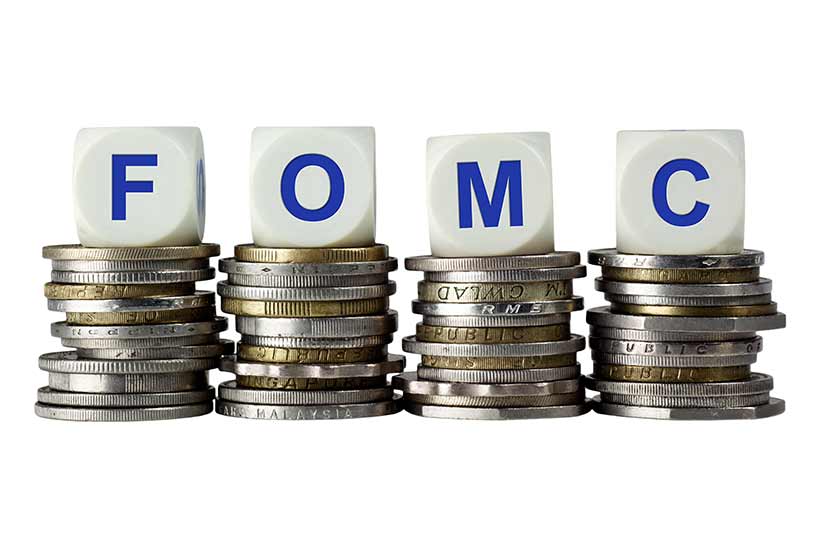
FOMC Fallout: Here We Go Again
As I write this morning, gold has given up two-thirds of its gains following the Fed’s decision last Wednesday to continue its $85 billion-a-month in bond purchases under QE3. One reason for this retreat is that markets overreacted to the news, just as they did back in June when Ben Bernanke’s statement about QE3 was misinterpreted as a signal the Fed would cut back QE3 in September. Buckle your seat belts; we’re in for many more days like Wednesday in the year ahead…
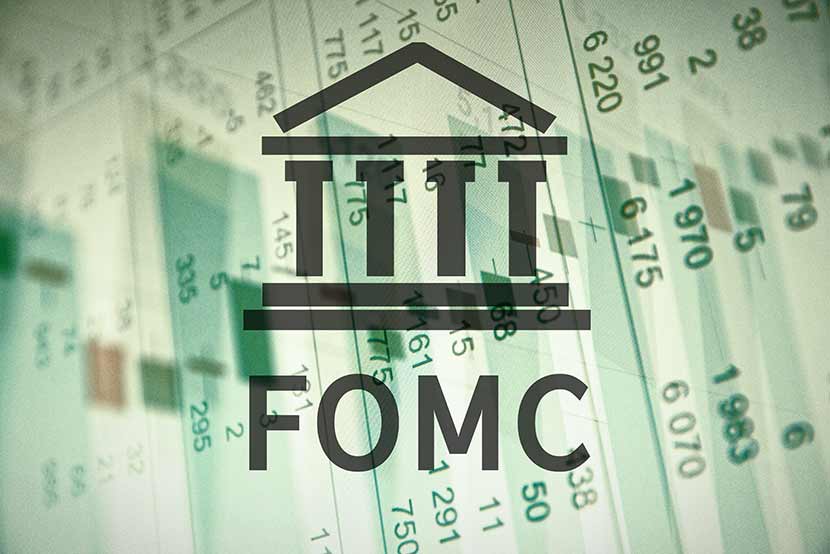
Even After the FOMC Decision We're Still in Suspense
In the wake of the FOMC's decision, some analysts are lurching to the extreme, speculating that a majority of the FOMC sees the economy as weakening. We won't know what individual members think about the state of the recovery until the minutes of this week's meeting are released. But the Fed's announcement makes it clear a majority of the FOMC believe the economy continues to expand. We also know the FOMC decided to wait for more data before making a decision. There are probably three primary factors that influenced this decision…
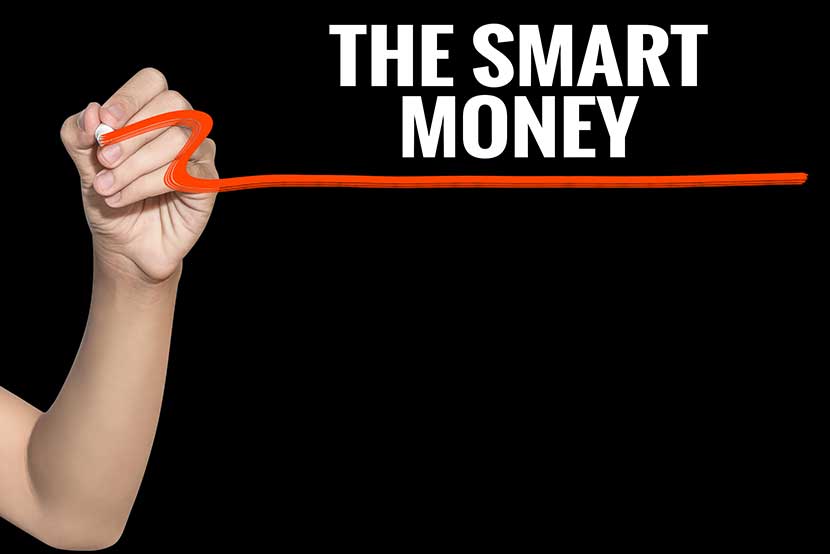
FOMC Convenes: Where's the Smart Money on Tapering?
The FOMC meeting convened today with two big questions casting shadows over the Fed's policy: what are the unintended effects of QE and what will be the consequences of unwinding the $3 trillion (and counting) in assets the Fed has added to its books under QE?

QE3: What’s the Fed Going to Do?
What’ll the Fed do about QE3 when it meets next week? I've said before the numbers to watch are those related to employment and the two forces that have driven our anemic recovery—housing and consumer spending. If those numbers indicate the economy is gaining steam, the Fed will start tapering this month. If the numbers cast doubt on the course of the recovery, the Fed is more likely to delay a decision until December.

Gold: Short-Term Spike or a Long-Term Bull?
The story lines I've seen in the last 48 hours in articles and opinion pieces about the recent rise in gold prices all support the notion that gold prices are being driven by a variety of short-term circumstances. This point-of-view reflects our failure to see the forest for the trees. While the specific events are transitory, the forces behind them are not.

Just How Ferocious Was this Bear?
It’s official. After breaking $1416, the new bull market is underway. So as an obituary for the recently interred bear, here is a look at how it stacked up against others of the recent past.
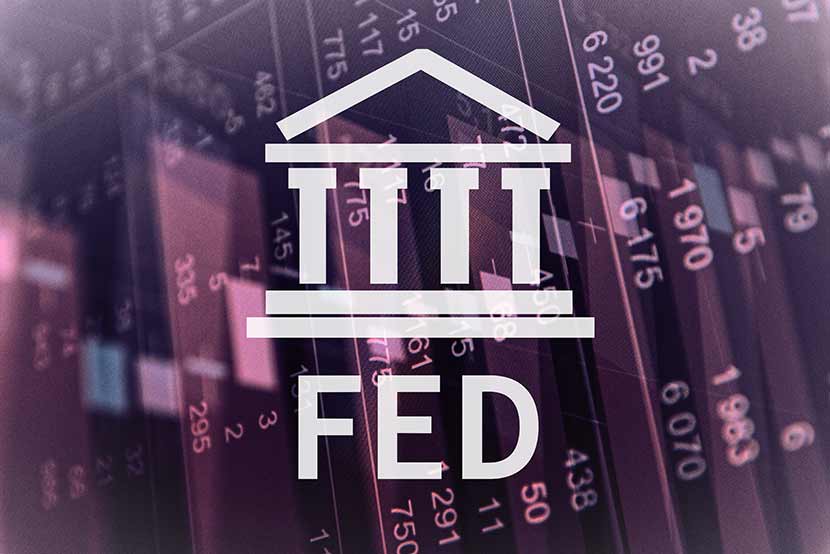
How and When the Fed Will Decide to Taper QE3
Volatility is inevitable considering the importance of QE3 to the course of both the U.S. and world economy, but it has been amplified by a misunderstanding of statements by Chairman Bernanke and other members of the Fed about how they’ll make decisions to taper. I’ll offer an interpretation in this post.

Mine Production and the Next Bull Market in Gold
This is the first in a series of posts in which I’ll discuss the supply and demand forces that will drive the next bull market in gold. I’ll start by addressing the supply side of the equation. The market receives gold from four sources: mining, recycling of jewelry, sales by central banks, and sales by gold ETFs. I’ll address mine...

Gold, TBTF Banks and the NFL- Part II
Read Part I In my last post I painted a dystopian future for the NFL as as a metaphor for our current banking system. You might take a look at it before proceeding. It can’t really be THAT bad. The stars of today’s too-big-to-fail (TBTF) banks are the elite financial product innovators and traders who earn huge salaries and bonuses....

Gold, TBTF Banks and the NFL- Part I
A reader recently asked why I have an axe to grind for the big banks and how it has anything to do with gold. I’ll explain with a sports metaphor. Imagine the NFL in a dystopian future The major stars are in an unrestrained PED (performance-enhancing drug) arms race, raising their incomes to astronomical levels. The salaries of...

Would Those Nice Bankers Really Manipulate Gold Prices?
In my last post, I described how Goldman Sachs used its position in aluminum warehousing to manipulate prices, and I posed the question, What can we learn about the gold market from Goldman’s actions in aluminum? Let’s look at SPDR Gold, the largest gold ETF in the world. At the center of SPDR Gold is HSBC, one of the too-big-to-fail...
Find hundreds of reports, articles, videos, and other useful tools to help you become a more educated precious metals owner.
Access Now
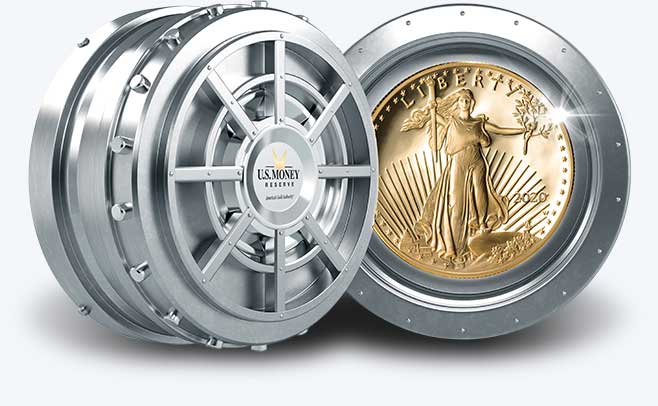
Stay up to date and get the latest news and updates impacting the gold and silver markets and precious metals industry.
Learn More


